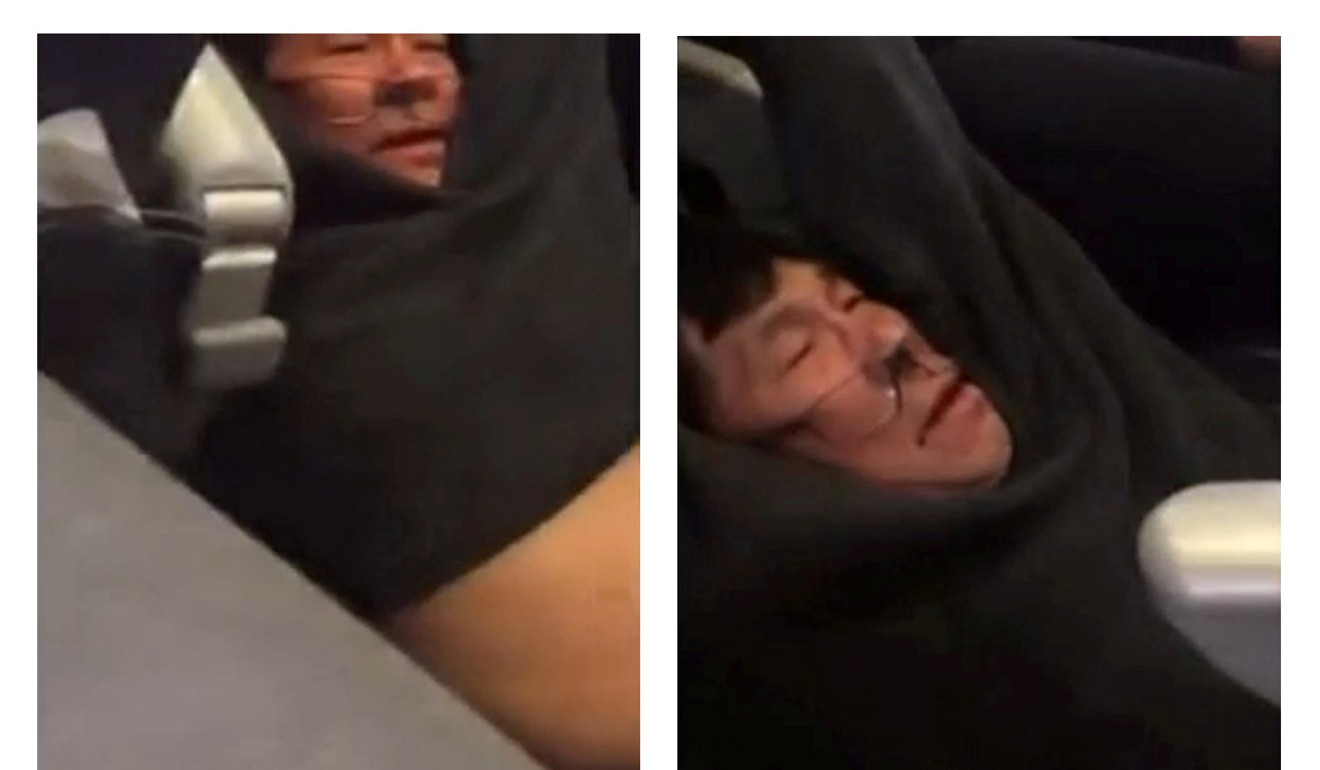
Air rage: how airlines cope in social media age with unruly passengers and angry employees
Viral footage of misbehaving passengers and overreacting airline workers has prompted airlines to rethink the way they resolve conflicts. Airline employees are taking classes on how to de-escalate problems before they get out of control
Passenger meltdowns are nothing new to airlines.
But the sometimes ugly situations between ticket-holders and airline workers – incidents that frequently go viral – are prompting air carriers to teach employees how to handle problems before they get out of hand.
American Airlines is requiring nearly 68,000 employees to take classes on how to “de-escalate” conflicts with passengers.
“We want to fix situations before they get out of control,” says Leslie Scott, a spokeswoman for Texas-based American Airlines.

Both incidents, which went viral over social media, were embarrassing examples of airline employees overreacting instead of ratcheting down the tension. American and United’s bosses vowed their airlines would change.
American is rolling out more flexible customer service policies and procedures designed to ease tensions between the airlines and unhappy clients. Customer service agents can call a hotline to boost compensation payments for passengers who are bumped or inconvenienced.
Who are the world’s worst tourists? Six nations that stand out – you may be surprised
The airline acknowledges that social media and filming are facts of everyday life, so workers are advised to stay calm when someone turns a smartphone in their direction. (There are, of course, exceptions related to airport and airline security.)
Since 2007, there have been 58,000 incidents of unruly passenger behaviour aimed at fellow travellers or crews, according to the International Air Transport Association (IATA).
A report from IATA in December revealed reports of unruly behaviour – which includes non-compliance with airline crew, physical and verbal threats, illegal activity and sexual harassment – fell by 9.8 per cent in 2016, while physical attacks increased by one per cent.

When asked what they’re doing to ensure airline staff are equipped to deal with such trouble in the future, a spokeswoman for Cathay Pacific and Cathay Dragon said the airline carries out initial training and annual refresher courses with frontline staff on “handling disruptive and unruly customers”.
Travel taboos: how not to be an obnoxious tourist – wherever you’re from
“At the same time, and during the course of our regular service training, we focus on providing our colleagues with communication and passenger handling skills so they are equipped to manage a variety of situations,” she added.
Posed the same question, a spokeswoman for Air China only said the service quality department in Beijing provides training in customer relations for ground and cabin crew operating across the globe.

Offenders included a man being fined HK$240 (US$30) after using his tablet during landing despite repeated warnings from cabin crew and a traveller who threw milk at security staff when they informed him he couldn’t take it on board.
Assaults, rows and coin tosses: airlines miss true scale of air rage as millions fly for first time
Airlines should protect passengers and crews. But it’s encouraging that some major carriers are also trying to solve smaller customer service issues before they become nasty problems. We need a proactive approach, so let’s hope American Airlines succeeds and other airlines follow its lead.
Smarter, better worker training won’t cure all the industry’s ills. But it’s a move in the right direction.
Additional reporting by Marissa Carruthers

